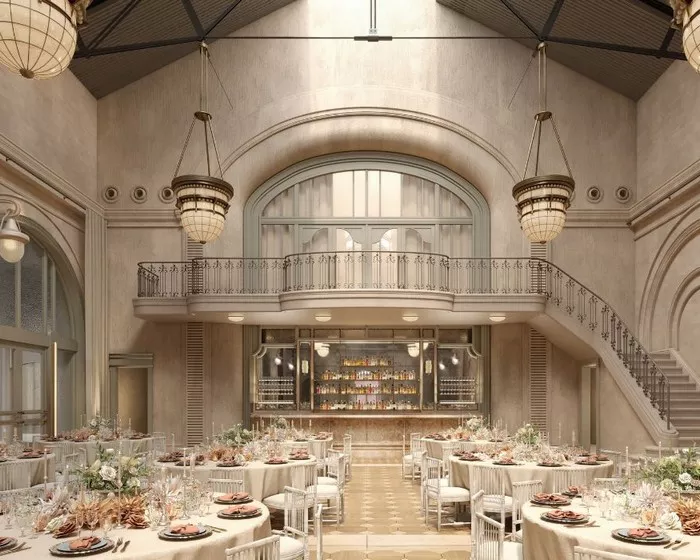As wedding costs soar, couples adapt with creative, cost-conscious celebrations that redefine tradition.
Rising inflation and shifting economic realities are transforming how couples plan and experience their weddings, giving rise to a new era of marriage celebrations marked by creativity, flexibility, and financial pragmatism. With average wedding costs climbing by 42% since 2020—far exceeding the pace of general inflation—many couples are choosing to redefine tradition rather than abandon their dreams.
At the heart of this evolution is the emergence of the “modular wedding.” Instead of hosting one grand celebration, many couples are now opting to divide the event into multiple phases spread over several months or even years. A growing number are marrying legally in small, intimate ceremonies and postponing larger celebrations until finances permit. This trend has led to the rise of “first anniversary vow renewals,” effectively transforming what was once a milestone into the main event.
According to event vendors, this shift is also changing the wedding calendar. Bookings for off-peak dates have surged 73% as couples prioritize affordability over long-held preferences for weekend weddings or auspicious dates.
Financing models have evolved alongside these new formats. Once seen as a cultural taboo, wedding-specific bank loans are gaining traction, with financial institutions offering low-interest “marriage loans” tailored to the needs of engaged couples. Meanwhile, more novel methods have emerged, including crowdfunding platforms where friends and family can contribute to specific elements of the event—from floral arrangements to photography—in exchange for symbolic equity stakes in the couple’s future financial success. While controversial, these platforms are finding a receptive audience among younger, investment-savvy couples.
Economic pressures have also prompted a dramatic shift in guest expectations. Traditional open bars are increasingly rare, replaced by “sponsorship tiers” that allow guests to fund parts of the celebration, such as signature cocktails or entertainment. Wedding registries now often include contributions toward practical life goals, such as honeymoon expenses, home down payments, or student loan relief. Some couples are even adopting European-inspired models in which guests pay for their own meals—challenging long-standing American norms that frame weddings as fully hosted affairs.
Vendors, too, are adapting. The wedding sector is seeing an influx of “pop-up” professionals—chefs, florists, and photographers who work in unrelated industries during the year but offer wedding services seasonally. This gig-style marketplace has expanded options and helped contain costs. At the same time, high-end wedding providers are introducing fractional ownership and rental programs for luxury décor, enabling couples to access designer-quality items without paying full price.
Together, these changes reflect a cultural shift toward more personalized, economically realistic celebrations. Rather than being guided solely by tradition or societal expectations, modern weddings are increasingly shaped by what couples can afford—and what they genuinely value.
As economic uncertainty continues, industry experts suggest that many of these innovations are here to stay. The new wedding economy is not merely a temporary adjustment, but a reflection of broader trends in how younger generations prioritize experiences, manage debt, and reimagine major life milestones.


